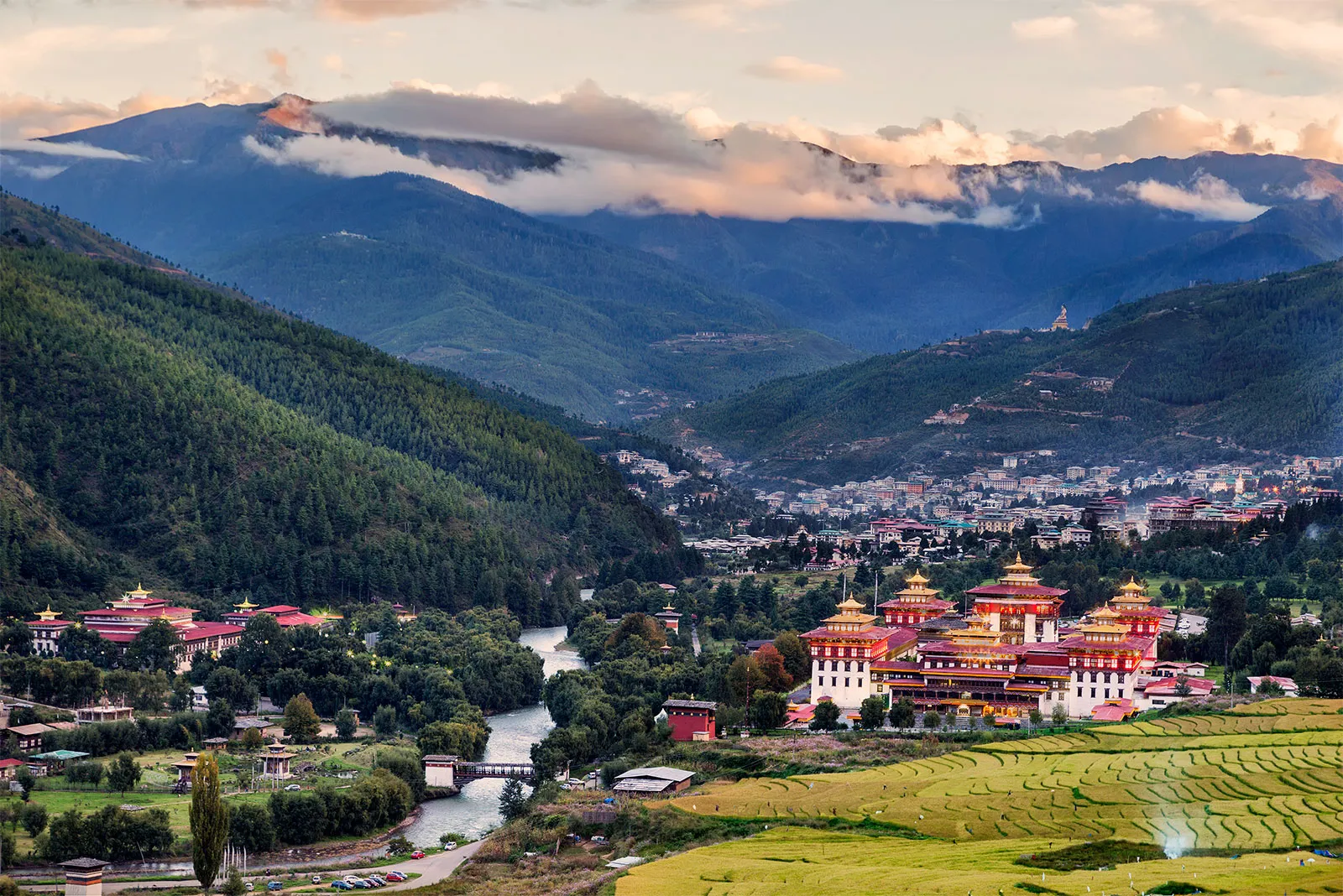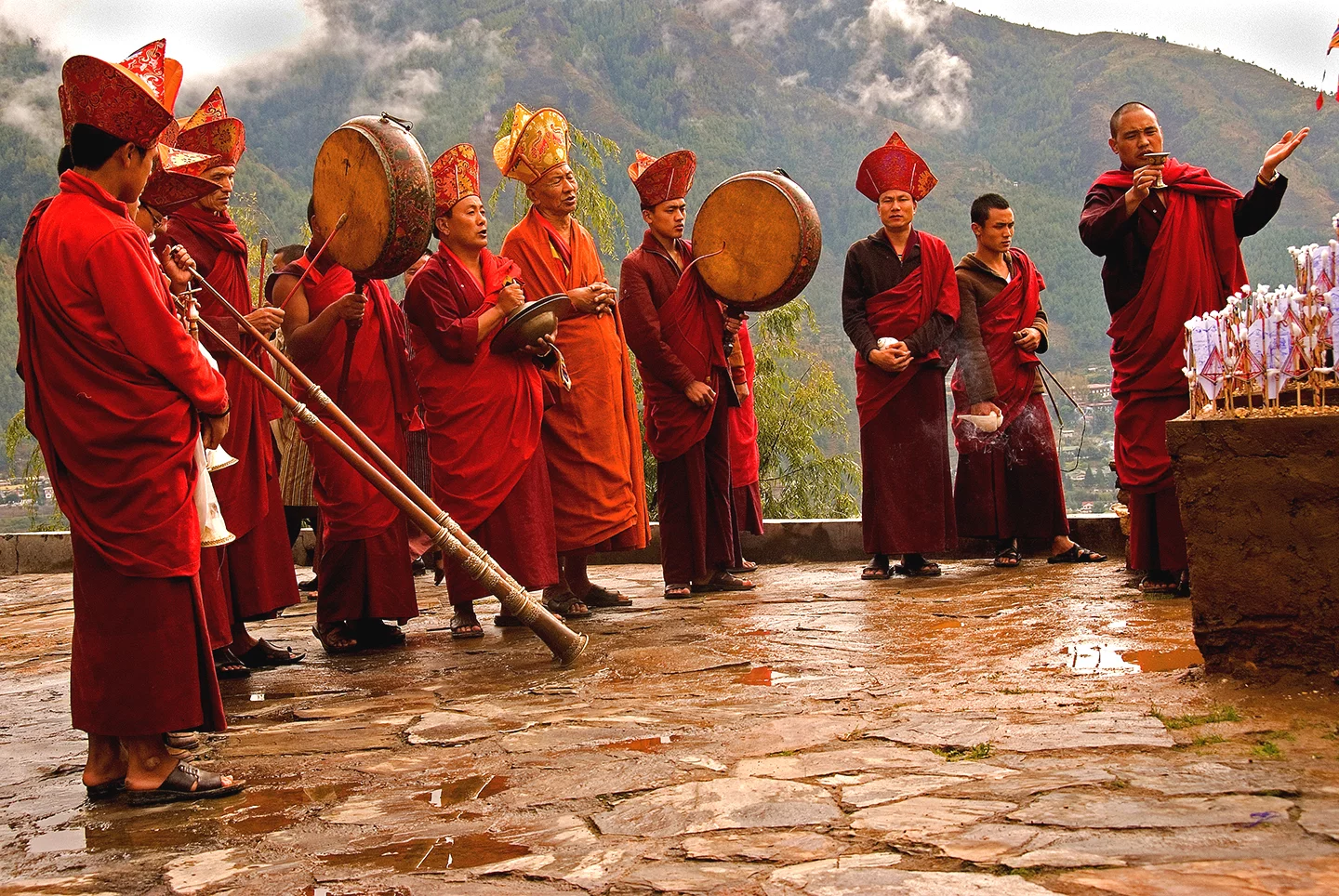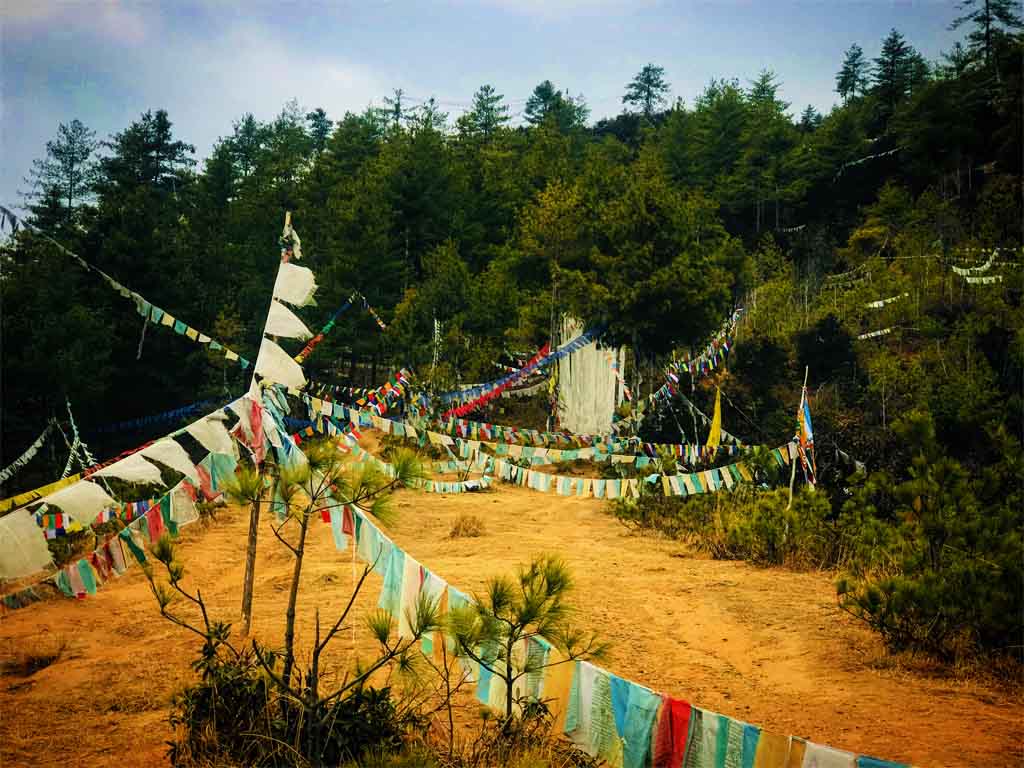This small, landlocked country is located between China and India, offering a rich tapestry of culture, history, and natural beauty. Once isolated, Bhutan has gradually opened its doors to the world, revealing its secrets to those who seek adventure, serenity, and a deeper connection with nature. A Bhutan luxury tour provides an exceptional opportunity to explore this kingdom, known for its unique blend of ancient traditions and modern development.

Where is Bhutan Located?
Bhutan’s geographical location is one of the key aspects that make it so fascinating. It sits deep in the Himalayas, with its northern border abutting the Tibetan Plateau, part of China, and its southern border connected to India. The country spans an area of about 38,394 square kilometers (14,824 square miles) and is nestled between steep, rugged mountains and lush valleys. It shares borders with China to the north and India to the south, while its central location within Asia makes it an ideal destination for those looking to immerse themselves in the heart of the continent.
Bhutan’s Majestic Geography

Bhutan’s geography is an awe-inspiring part of its allure. The Great Himalayas dominate the northern section of the country, with snow-capped peaks towering above 24,000 feet (7,300 meters). These mountains are home to rugged terrain, alpine pastures, and some of the highest valleys in the world. The Tibetan Plateau, located just north of the Great Himalayas, plays a crucial role in the country’s watershed, feeding rivers that flow southward through Bhutan.
The Lesser Himalayas, which lie to the south of the Great Himalayas, are characterized by rolling ridges, dense forests, and fertile valleys. These valleys, including Paro, Thimphu, and Punakha, are where the majority of Bhutan’s population lives and where most of the country’s political and economic activity takes place. The Duars Plain, located along Bhutan’s southern border, is a narrow strip of land that offers access to vital mountain passes, serving as a gateway to Bhutan’s rich, lush valleys.
Climate Diversity in Bhutan
Bhutan’s climate is as diverse as its geography, offering a wide range of experiences for travelers. The Great Himalayas experience a dry, alpine tundra climate, while the Lesser Himalayas have a temperate climate, ideal for outdoor adventures. The Duars Plain, located at the southern edge of Bhutan, is hot, humid, and subtropical, providing a stark contrast to the cooler, higher altitudes.
The climate varies significantly from region to region, creating microclimates that offer a variety of experiences. For example, in the capital city of Thimphu, temperatures are mild year-round, with highs of around 12°C (54°F) in January and 19°C (66°F) in July. In contrast, the higher altitudes are much colder, with winter temperatures often dropping below freezing, while the plains in the south experience intense heat and humidity.
Bhutan’s Rich History and Cultural Heritage

Bhutan has a rich and complex history, shaped by its isolation and unique position in the Himalayas. The country remained virtually closed off from the outside world for centuries, with its rulers carefully maintaining its independence and seclusion. The first major changes to Bhutan’s foreign policy began in the mid-20th century, as geopolitical pressures from neighboring countries prompted the kingdom to open up.
In 1955, Thimphu became the capital of Bhutan, taking over from Paro, and the country began to modernize. King Jigme Dorji Wangchuk, who reigned from 1952 to 1972, implemented a series of reforms that eventually led to Bhutan’s transition from an absolute monarchy to a democratic parliamentary system. The country’s first national elections were held in 2008, marking a major turning point in its political landscape.
Thimphu: The Heart of Bhutan

Thimphu, the capital of Bhutan, is a vibrant city that blends traditional Bhutanese architecture with modern amenities. Nestled in the Thimphu Valley, the city is surrounded by lush forests and steep mountains, providing a stunning backdrop to its bustling streets. Thimphu is home to many of Bhutan’s most iconic landmarks, including the Tashichho Dzong, a massive fortress-monastery that houses government offices and religious institutions. The city also offers a range of luxury accommodations, fine dining experiences, and cultural attractions, making it the perfect starting point for a luxury tour of Bhutan.
A Journey Through Bhutan’s Diverse Regions
A luxury tour of Bhutan allows travelers to explore the country’s distinct regions, each offering its own unique experiences.
- The Great Himalayas: For those seeking adventure and tranquility, the northern regions of Bhutan offer spectacular trekking opportunities. The high valleys, glacial lakes, and snow-capped peaks provide a breathtaking environment for hiking, meditation, and exploring ancient monasteries.
- The Lesser Himalayas: The central region of Bhutan is where most of the country’s population resides. Here, you’ll find lush valleys like Paro, Punakha, and Thimphu, where traditional Bhutanese life thrives. These valleys are perfect for cultural exploration, with ancient dzongs (fortresses), monasteries, and vibrant markets to discover. Punakha, once the capital of Bhutan, is home to the stunning Punakha Dzong, a symbol of the country’s religious and political history.
- The Duars Plain: The southern part of Bhutan is characterized by its subtropical climate and dense forests. This region is ideal for nature lovers, with opportunities for birdwatching, wildlife safaris, and visits to pristine national parks like Jigme Dorji National Park and Phibsoo Wildlife Sanctuary.
Bhutan’s Unique Language and Culture
The official language of Bhutan is Dzongkha, a Tibetic language spoken by the majority of the population. English is also widely spoken, especially in the capital and major tourist areas, making it easy for travelers to communicate. Bhutan is a deeply spiritual country, with the majority of its population practicing Tibetan Buddhism. The culture is rich in religious traditions, including annual festivals like the Tsechu, where locals dress in vibrant costumes and perform traditional dances to honor the country’s spiritual heritage.
A Sustainable and Eco-Friendly Destination

Bhutan is known for its commitment to environmental conservation. The country has long maintained a policy of preserving its natural resources, with over 70% of the land covered in forests. Bhutan is also the only country in the world that has a negative carbon footprint, meaning it absorbs more carbon dioxide than it emits. The country’s dedication to sustainability makes it an ideal destination for eco-conscious travelers.
Luxury Travel in Bhutan
Bhutan is quickly becoming a sought-after destination for luxury travelers who want to experience the country’s natural beauty, cultural heritage, and tranquility in style. Luxury hotels and resorts in Bhutan offer world-class amenities, including spa treatments, fine dining, and guided cultural tours. Whether you’re staying in a luxury lodge nestled in the Himalayas or a boutique hotel in Thimphu, Bhutan’s hospitality ensures that every aspect of your stay is memorable.
Conclusion
A luxury tour of Bhutan offers an unparalleled opportunity to explore one of the world’s most unique and enchanting destinations. From the towering peaks of the Great Himalayas to the lush valleys of the Lesser Himalayas, Bhutan is a country that captivates travelers with its natural beauty, rich history, and deep spirituality. Whether you’re seeking adventure, relaxation, or cultural immersion, Bhutan is sure to leave an indelible mark on your soul.

